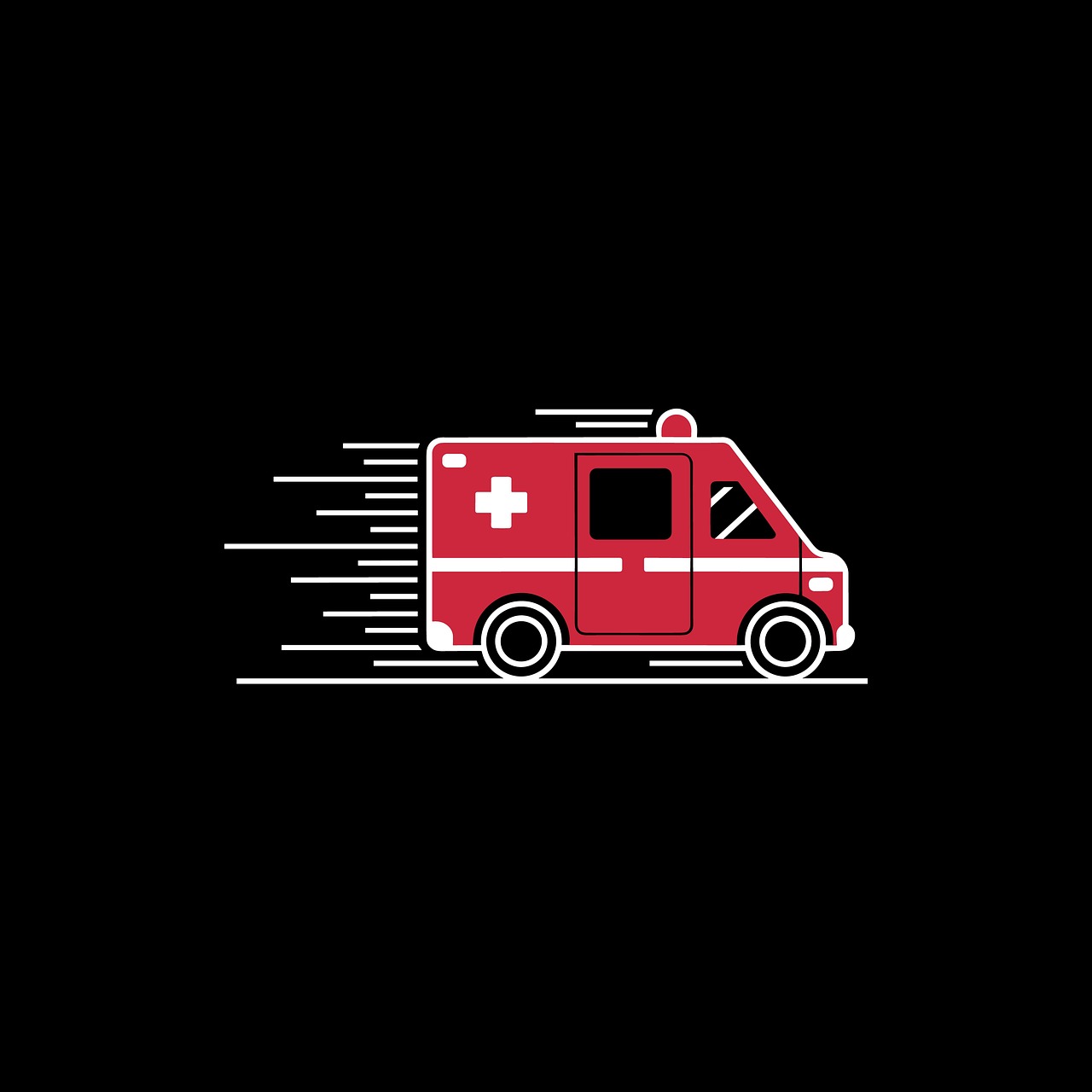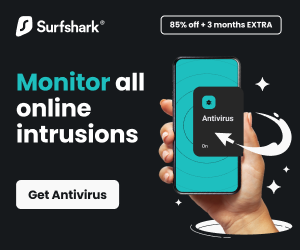From Omega Healthcare’s automation gains to Microsoft’s Dragon Copilot, here are five AI systems reshaping medical documentation and workflows in 2025-2026.
Healthcare is rarely the fastest adopter of technology, but the scale of investments and reported gains suggest documentation AI is crossing into mainstream adoption.
Table of Contents
5 AI Systems Transforming Healthcare Documentation
5 recent developments highlight how fast the field is moving:
1. Omega Healthcare: Document Automation at Scale
Revenue-cycle firm Omega Healthcare, which serves more than 350 organizations, rolled out UiPath’s AI-powered document tools to handle billing, claims, and extraction tasks.
The results are striking:
- 15,000 employee hours saved per month,
- 40% faster documentation,
- 50% faster turnaround times,
- ~99.5% accuracy in processing.
The impact goes beyond saving money. Fewer mistakes in billing workflows mean insurance approvals move faster and conflicts with payers decline. For patients, it often shows up as quicker claims and shorter waits for reimbursement.
2. Abridge: $250M for AI-Generated Clinical Notes
Pittsburgh-based Abridge raised $250 million to scale its platform that converts doctor–patient conversations into structured notes. Already active across ~100 U.S. health systems, the tool tackles a core pain point: clinical documentation that eats up physician time.
By capturing conversations in real time and producing notes that flow into electronic health record (EHR) systems, Abridge promises to cut hours of typing and allow clinicians to focus on care. The large investment suggests investors believe documentation AI is set to become a foundational layer in healthcare IT.
What sets Abridge apart is its domain-specific tuning: the system is trained to handle medical terminology, abbreviations, and contextual nuances that generic speech-to-text tools often miss. This specialization makes adoption smoother in environments where accuracy is a matter of patient safety.
3. Microsoft’s Dragon Copilot: Ambient AI for Doctors
Microsoft entered the field with Dragon Copilot, a new AI assistant for clinicians. Built on Nuance’s voice-recognition expertise, Dragon Copilot listens in the background during consultations and automatically generates:
- Clinical notes,
- Referrals,
- Visit summaries.
The idea is straightforward: take paperwork off doctors’ plates and give them more time with patients. If it works as planned, it could change how EHRs are filled – shifting from manual typing to ongoing, AI-assisted updates.
But the technology also brings concerns. Because it listens in the background, providers must think carefully about consent and data protection. Microsoft points to HIPAA safeguards and encryption, yet hospitals will still need clear rules to keep patients and regulators confident.
4. Waystar + Iodine: Consolidation in Hospital AI
In a deal valued at $1.25 billion, healthcare payments platform Waystar acquired Iodine Software.
Iodine’s strength lies in AI-driven documentation and reimbursement optimization, which helps hospitals reduce revenue leakage. By bringing Iodine into its portfolio, Waystar signals that AI documentation tools are no longer side modules but central to hospital IT stacks. Expect more M&A activity as vendors consolidate capabilities into end-to-end platforms.
This acquisition also reflects a growing trend of vertical integration: companies don’t just want to process documents, they want to connect documentation directly to billing, compliance, and financial performance. That linkage creates stronger business cases for AI adoption in hospital settings.
5. DocSpiral: Human-in-the-Loop Annotation
Not all breakthroughs come from big names. Researchers behind DocSpiral introduced an iterative annotation platform for document-heavy, image-based workflows (common in healthcare). Their “human-in-the-spiral” design combines automation with human checks, cutting annotation time by ~41%..
It’s relevant because hospitals remain buried in scans, forms, and handwritten notes. DocSpiral mixes human review with automation, offering a realistic option in fields where full automation could be risky.
If hospitals take it up at scale, DocSpiral might help close the gap between prototypes and daily use – making it simpler to digitize older records and plug them into AI systems while keeping human checks in place.
The Bigger Context
Together, these five stories paint a picture of an industry in transition:
- Automation is already saving thousands of hours (Omega).
- Clinicians are seeing AI as a partner, not a distraction (Abridge, Dragon Copilot).
- Vendors are consolidating, betting AI is core to billing and compliance (Waystar + Iodine).
- Research keeps pushing new ways to combine AI with human oversight (DocSpiral).
For hospitals and providers, this shift comes with choices: how to integrate new tools, manage privacy concerns, and retrain staff. For enterprises, it also means a growing need for IT consulting in US markets to design roadmaps that align clinical goals with secure AI adoption.
The demand for skilled teams will rise as well. Many organizations won’t build this expertise internally – instead, they’ll hire AI developer teams from outside. That’s why firms like S-PRO play an important role, helping bridge cutting-edge AI research with practical deployment in regulated sectors like healthcare.
INTERESTING POSTS
- A Guide for Healthcare Businesses on Using New Technology
- The Role of Electronic Medical Records Software in Improving Hospital Healthcare Quality
- Can You See Search History on WiFi Bill?
- How Does Technology Improve Healthcare?
- Insurance Requirements Push Atlanta Businesses Toward Professional Cybersecurity Services
About the Author:
Fiorella Salazar is a cybersecurity expert, digital privacy advocate, and VPN evangelist based in Canada. She holds an M.Sc. in Cybersecurity from a Canadian university. She is an avid researcher and frequent contributor to several cybersecurity journals and magazines. Her mission is to raise awareness about the importance of digital privacy and the benefits of using a VPN. She is the go-to source for reliable, up-to-date information on VPNs and digital privacy.









